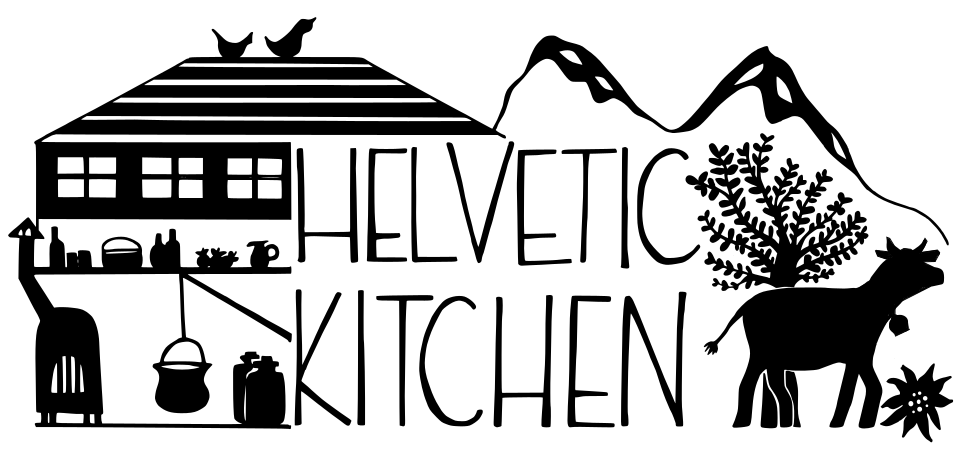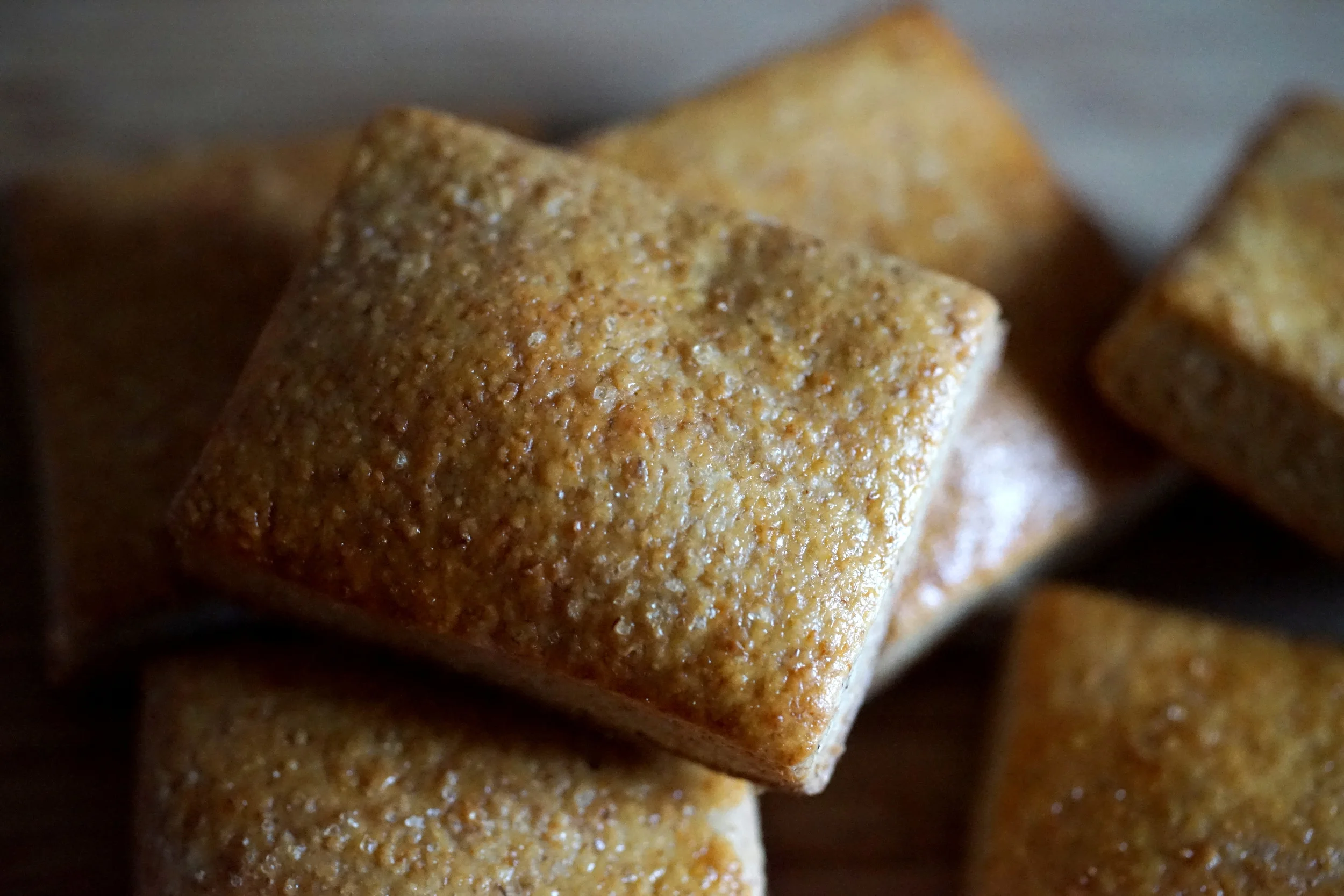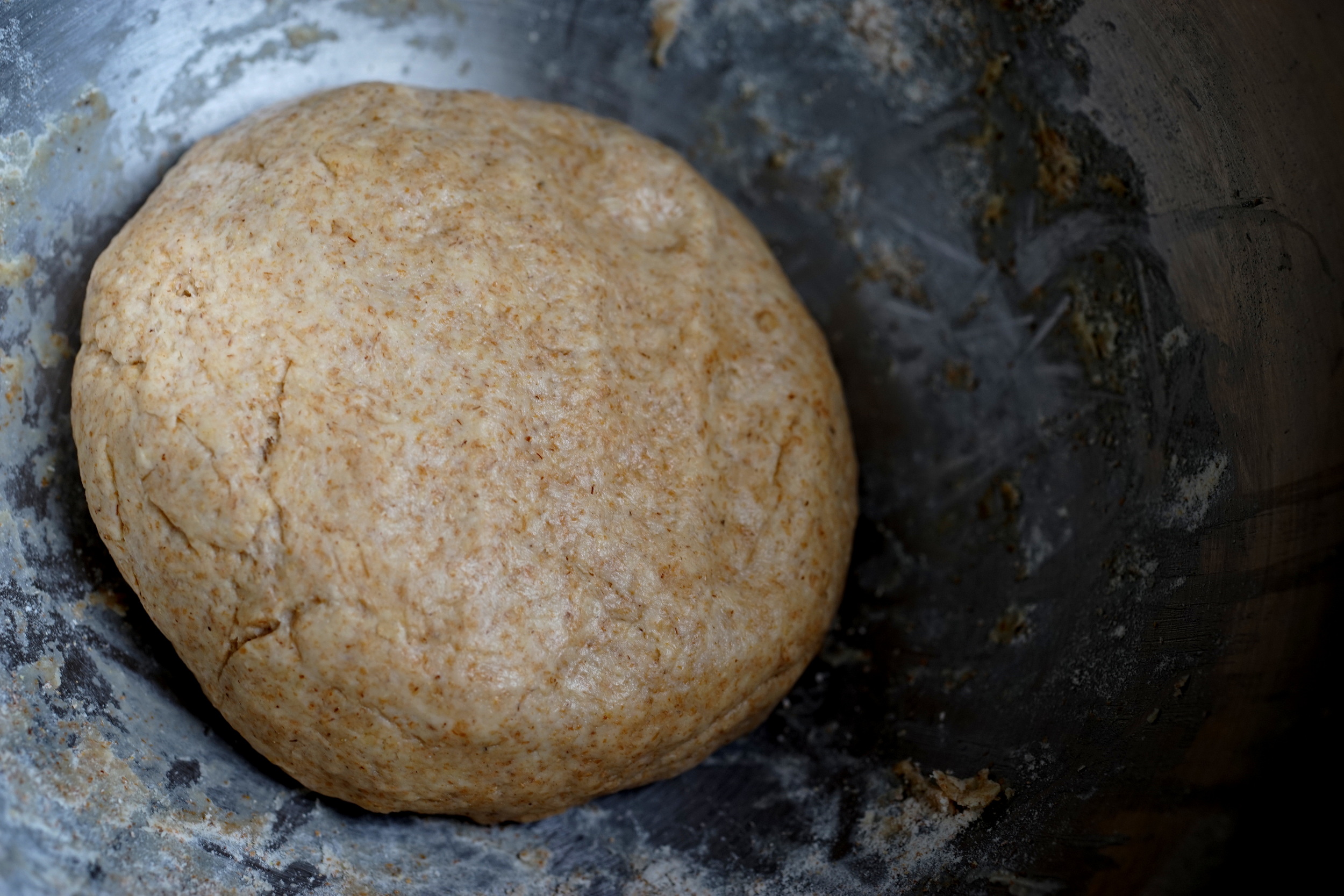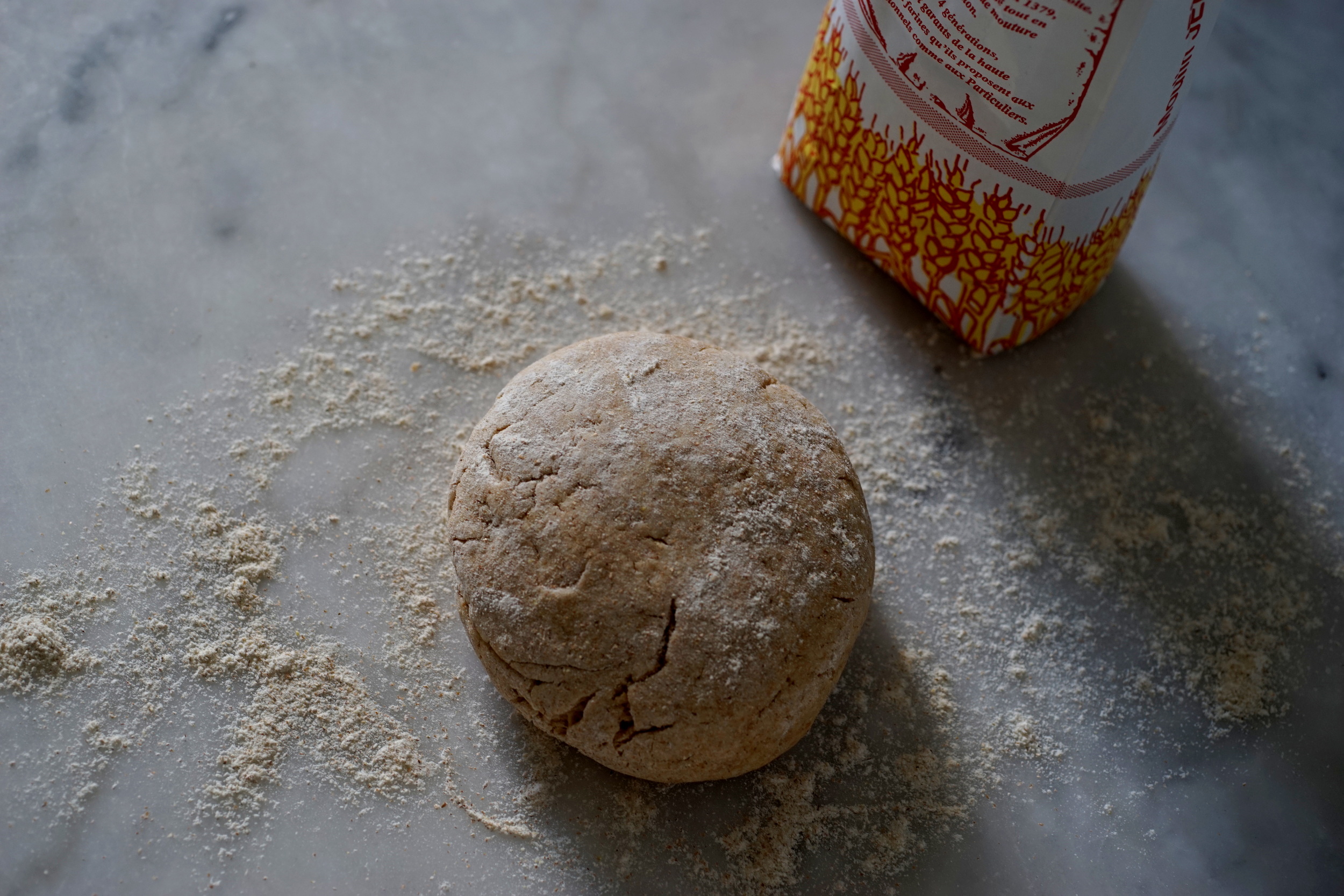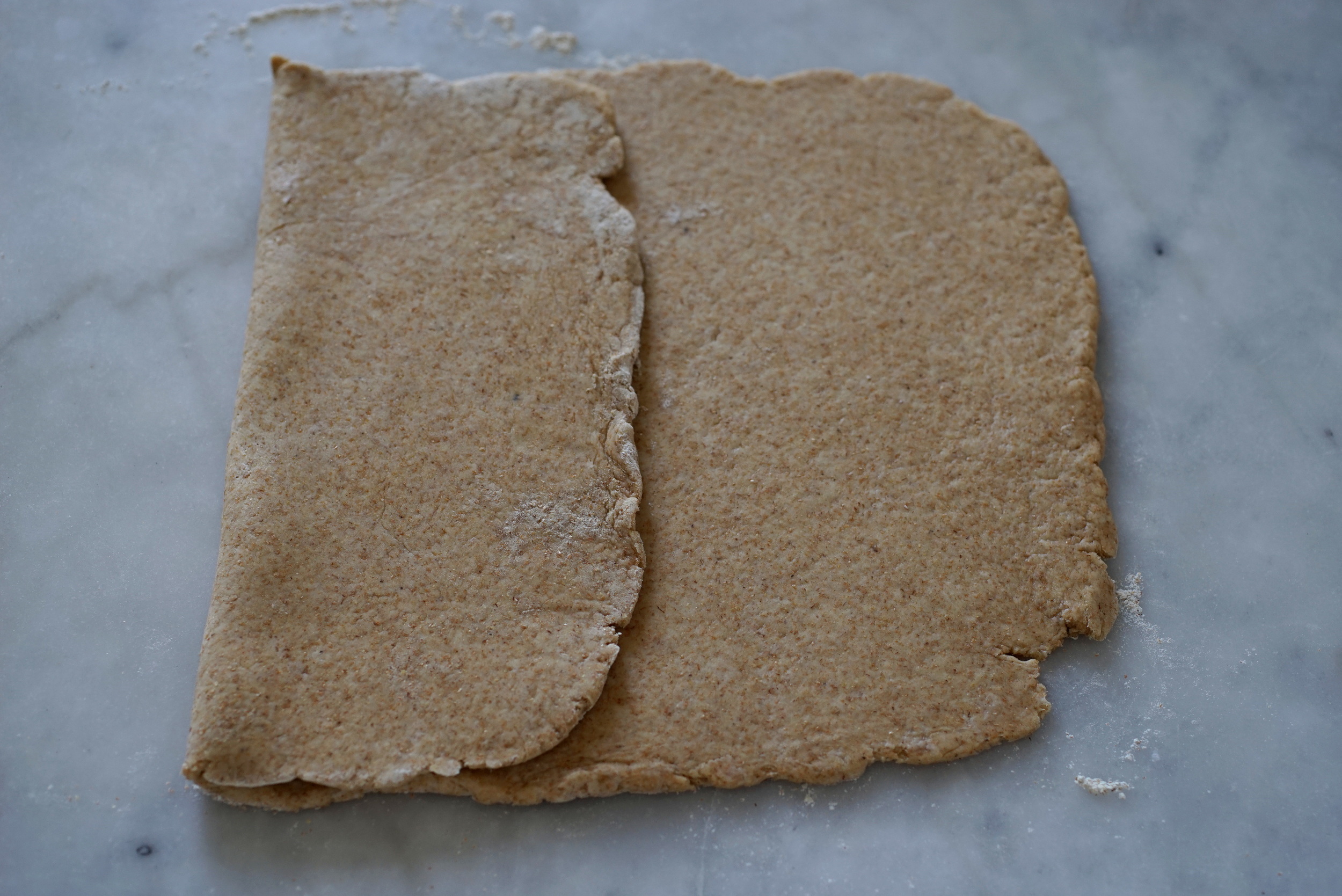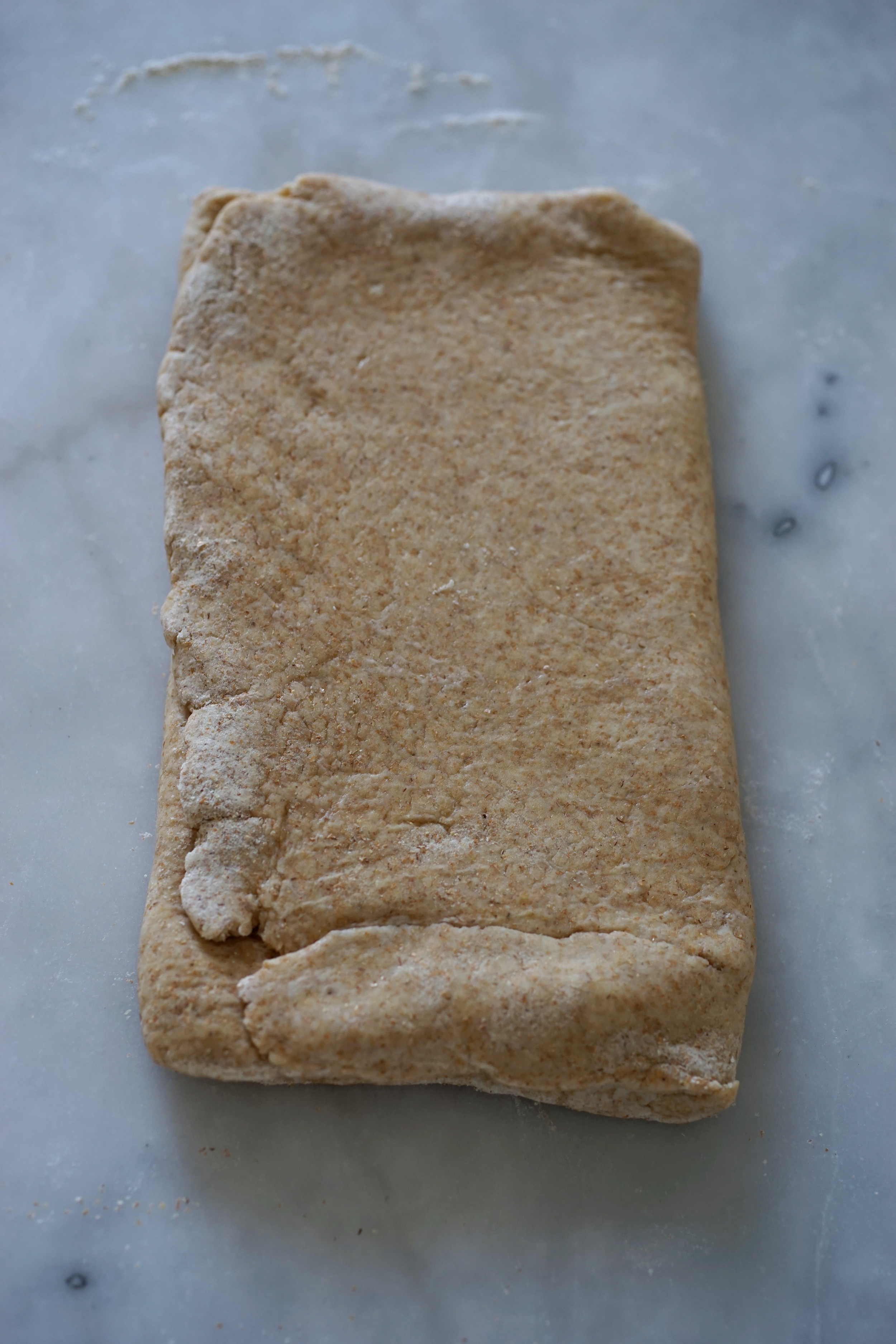Milchbrot
Milk is Switzerland's white gold. Not according to me, but to swissmilk, an organization representing over 22,000 milk producers in Switzerland.
The quality of Swiss milk is unparalleled. The act of taking the cows up to the Alps in the summer and letting them graze on fresh alpine meadows influences the delicious taste of the milk. However, it's not only the alpine pastures that make great milk, swissmilk lists several other reasons why Switzerland's milk is so good.
Firstly, Switzerland has some of the strictest animal welfare regulations in the world, and the farms are regularly inspected. Even when they aren't on the alps, the cows are fed according to strict regulations, and hormones and antibiotics in the feed are forbidden. On average, each farm has only about 23 cows, making it easier to take care of those animals and to spread them over the available land.
Take little Fiona here (that's probably her name, it is the number one name for cows in Switzerland). Each day she will eat about 100 kg of meadow grasses, 2 kg of feed (grains, soy, corn), and 200 g salt, and drink 50 litres of water. On average she will produce about 20-25 litres of milk per day, up to 8,000 litres per year.
Turning grass into milk takes her about two to three days.
And the milk does taste different. There is a certain flavour and richer creaminess that you can taste not only in the milk, but in the butter, cheese, and yogurt as well. When you buy milk at the supermarket it isn't split into declining percentages of fat (and taste), rather the lower fat milks (2.5% and lower) are sold as 'milk drink'. There is no skim milk to be found.
This recipe for Milchbrot, milk bread, harnesses the tasty power of Swiss milk (and butter). Milk replaces the liquid, and when combined with whole wheat flour and butter, creates delicious little breads, crunchy on the outside and slightly sweet on the inside.
The process is a bit time consuming, but it creates nice, puffy layers on the inside.
160 g milk, room temperature
10 g sugar
10 g fresh yeast
240 g whole wheat flour
5 g salt
80 g butter, room temperature
1 egg
salt
Gently stir together the milk, sugar, and yeast. Leave this for 15 minutes or until bubbly.
Mix together the flour and salt in the bowl of a stand mixer. Using the dough hook, start the mixer on low, and slowly pour in the milky yeast mixture.
Once this has been added, let it mix for about 5 minutes.
Now add the softened butter in pieces. Once it has all been incorporated, cover and let rest for 30 minutes.
Let's Roll
Roll out to 1-2 cm thick.
Do a letter fold—fold one third over, and then fold the remaining third over top.
Wrap this in plastic and place the dough in the freezer for 30 minutes.
Repeat the rolling, folding, and freezing two more times.
Now roll the dough out again and cut into squares. You should get about 18. Place these on a baking sheet and leave them in a warm spot, lightly covered, for about an hour.
When you are ready to bake
Preheat oven to 200 C / 400 F / gas mark 6
Whisk the egg with a drop of water and then brush this over the squares. Sprinkle with salt.
Bake for 15-20 minutes or until golden.
If the dough is really wet after the addition of butter, just add a little more flour and work it in with your hands until it forms a ball.
I used graham flour to make this bread, but I suspect most whole wheat flours would produce a similar result.
More bread?
Zürcherbrot

